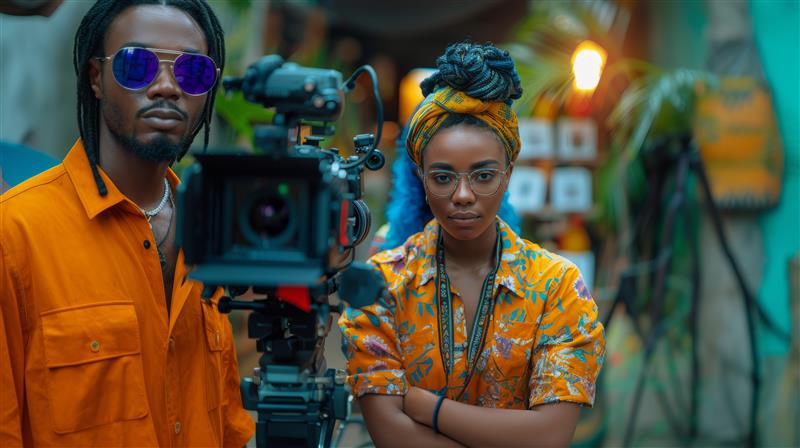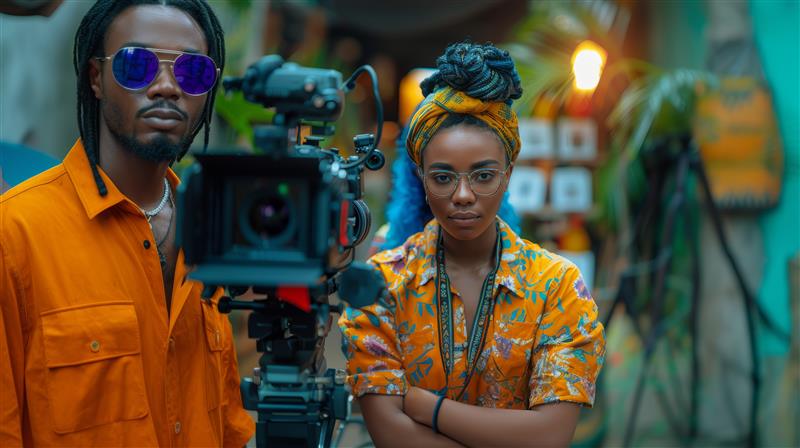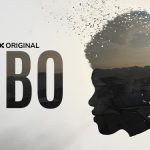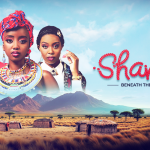As the continent celebrates Africa Month in May, attention is drawn to the African narrative and the essential need to share our stories from our unique perspective. These narratives ought to reflect the richness of African culture, prompting the question: how does culture evolve?
Much of what we now recognize as “our culture” originated as fresh, innovative ideas. Music, customs, tales, and artistic expressions all stem from a single human creative spark.
The enduring nature of these works is attributed to their ability to resonate with the communities from which they emerged. These artworks reflected people’s identities and experiences, eventually becoming timeless pieces that embody living African history.
This evolutionary process is ongoing. For instance, consider the West African song “Sweet Mother” by Prince Nico Mbarga. Initially, it was just another pop track, but after being recorded with the band Rocalfi Jazz and facing rejection from multiple record labels, it was finally released in 1976. Once it hit the airwaves, it captivated African audiences, achieving astonishing sales figures—some suggest over 13 million copies, making it more popular than any Beatles song. Today, it is regarded as Africa’s most beloved song.

In East Africa, the Swahili telenovela Selina, which premiered in January 2018, became Kenya’s longest-running daily show and remains a top favorite on platforms like Showmax. With 6 seasons anda record of 970 episodes, the show developed a cult following among Kenyans in need of a long-running, daily telenovela to call their own after being saturated with Mexican soaps for too long.
Meanwhile, the Mozambican dance group W-Tofo began by performing at weddings until one of their kwaito-makwaela routines went viral, skyrocketing their popularity. Their talent caught the eye of Beyoncé, leading them to star in her “Run The World” music video, which garnered 698 million views and influenced global dance trends.
Such compelling examples of African cultural creativity continue to emerge. Artists like Burna Boy, DJ Maphorisa, Tems, and Wizkid are setting worldwide trends, while designers like Joy Meribe showcase their talent on European catwalks.

It all begins with local ideas, expressed authentically within African markets. African audiences are increasingly recognizing the value of homegrown talent and are drawn to it. This rising acknowledgment of African art and artists on the global stage stems from a growing pride in local cultural products.
This shift creates a virtuous cycle: a heightened appreciation for local content enhances its financial viability, leading to increased investment in marketing, production quality, and the broader industries that support creative work.
One notable example of this cultural momentum is the long-running soap opera “Tinsel.” Since its debut in 2008, the show has produced over 4,000 episodes, earning acclaim as the most successful Nigerian drama series. It narrates the story of two rival film companies in a fierce competition within the renowned Nollywood movie industry.
Read more on:
EACC Cracks Down on Fake Certificates in High-Stakes Integrity Push.
The secret to “Tinsel’s” success lies in its authentic storytelling, relatable characters, and engaging plots. Moreover, it set a new standard for high production values, changing the landscape of local television. This uplift in quality inspired other production houses to invest in better facilities and attract top talent.
Local training institutions, like the MultiChoice Talent Factory (MTF) Academies in Lagos, Lusaka, and Nairobi, have begun nurturing a new generation of talented filmmakers eager to elevate the local industry.
This cycle of local content driving industry growth is evident across various regions. Besides “Tinsel” in Nigeria and “Selina” in Kenya, successful shows include “Serategna Felegulen” and “Dinkinesh” on Abol TV in Ethiopia; “Peixe na Brasa” and “Date My Family” on Mozambique’s Maningue Magic; “Ramo” and “Hotel Palanca” on Kwenda Magic in Angola; and “The Makeover” and “Jua Kali” on Maisha Magic Bongo in Tanzania, among many others.
Television has increasingly become a driver of culture. These numerous shows depict Africa through the eyes of its people, enabling a narrative that is authentically African. This representation is crucial; it tells the story of the continent from an African perspective.
The ultimate beneficiaries of this rise in local storytelling and cultural growth are the people of Africa—the audiences and subscribers. When they see themselves reflected in the content they love, it transforms their viewing experience into a celebration of heritage and an investment in the future of the African film and television industry.
As we celebrate Africa Month in May, the narrative being shared is one of pride, excellence, and global success, showcasing the continent’s accelerating confidence in its cultural prowess and empowering the next generation of storytellers.















